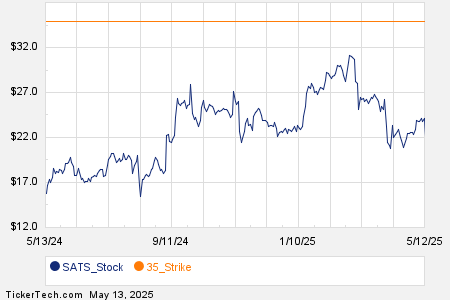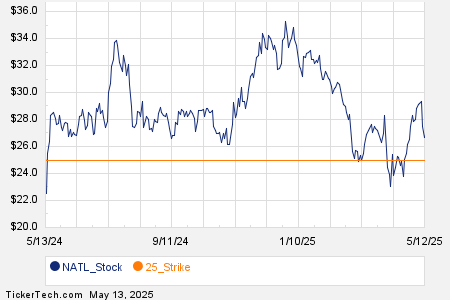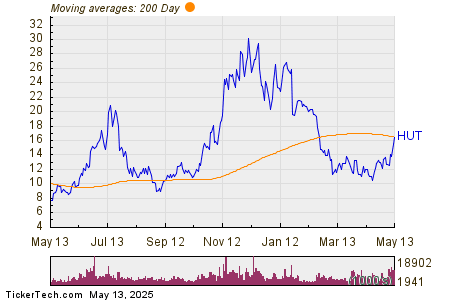Dollar Weakens as Inflation Data Surprises Markets
The dollar index (DXY00) fell by -0.79% on Tuesday. This decline followed the release of the US April Consumer Price Index (CPI), which was weaker than anticipated. The CPI reported the smallest year-over-year increase in four years, suggesting a dovish outlook for Federal Reserve policy. Additionally, a stock market rally on Tuesday reduced the demand for dollar liquidity.
Specifically, the US April CPI rose by +2.3% year-on-year, slightly below expectations of +2.4% and marking the lowest year-on-year increase in four years. Meanwhile, the CPI excluding food and energy increased by +2.8% year-on-year, aligning with forecasts and unchanged from March.
The markets are currently pricing in an 8% chance of a -25 basis point rate cut following the FOMC meeting on June 17-18.
Euro Gains Ground Amid Weaker Dollar
EUR/USD (^EURUSD) rose by +0.87% on Tuesday. The weaker dollar provided support for the euro. Furthermore, the German May ZEW survey revealed expectations for economic growth improved more than anticipated, a bullish sign for the euro. The increase of the 10-year German bund yield to a one-month high also bolstered the euro by enhancing its interest rate differential.
However, ongoing trade concerns between the US and EU are limiting euro gains. Treasury Secretary Bessent expressed that the European Union faces a “collective action problem” affecting trade negotiations. As a result, discussions between the US and Europe may progress at a slower pace.
The German May ZEW survey saw expectations for economic growth rise from +39.2 to 25.2, surpassing expectations of 11.3.
Rate Cut Anticipated from ECB
Market swaps indicate an 85% likelihood of a -25 basis point rate cut by the European Central Bank at its policy meeting on June 5.
Yen Strengthens on BOJ Signals
USD/JPY (^USDJPY) fell by -0.62% on Tuesday. The yen’s strength against the dollar was attributed to a hawkish summary from the Bank of Japan’s (BOJ) April 30-May 1 meeting, where officials reiterated their commitment to raising interest rates and normalizing monetary policy. Comments from BOJ Deputy Governor Uchida further confirmed this stance, stating that interest rates would be raised once the economic outlook met certain criteria. Nonetheless, rising Treasury note yields limited the yen’s gains.
The summary of the BOJ meeting indicated a persistent policy interest rate due to low real rates, with an outlook that aims to meet the price target.
Precious Metals Reflect Market Conditions
June gold (GCM25) closed up by +19.80 (+0.61%), while July silver (SIN25) closed up +0.476 (+1.46%). Precious metals gained on Tuesday, recovering some of the losses from Monday’s sell-off. The weaker dollar supported these gains, along with the dovish implications from the April CPI report. Additionally, ongoing geopolitical tensions in the Middle East continue to create a safe-haven demand for precious metals, especially given recent conflicts in that region.
However, the strength in stocks on Tuesday reduced some of the safe-haven appeal for these metals. Higher Treasury note yields also limited their upside potential. Easing US-China trade tensions contributed to long liquidations in precious metals, following an agreement to reduce tariffs on each other’s goods. Furthermore, a reduction in global geopolitical risks was seen after India and Pakistan agreed to a ceasefire, while Ukrainian President Zelenskiy announced upcoming negotiations with Russian President Putin in Istanbul.
On the date of publication, Rich Asplund did not have (either directly or indirectly) positions in any of the securities mentioned in this article. All information and data in this article are solely for informational purposes. For more details, please view the Barchart Disclosure Policy.
The views and opinions expressed herein are those of the author and do not necessarily reflect those of Nasdaq, Inc.



